by Christie Purifoy | Feb 11, 2014 | Grateful, Home, Pennsylvania, rest, Uncategorized, Winter
Last week, I wrote a few words in praise of The Slow Life. And you responded.
So many of you said you live in just the same way. Or try to. Or want to. And I was pleased. Maybe even a little smug in my self-satisfaction.
And then ice blew in on the wind, and I learned something: my vision of the good, slow life is highly dependent on hot coffee in the morning. And hot tea in the afternoon. And cozy heat in the radiators and running water in the tub. And, well, creature comforts of every kind.
But there are days when the carpet of your usual choices does not roll out at your feet. Days that do not begin with hot coffee and do not end on the sofa watching PBS with your husband.
What does this slow life look like when we are not comfortable? On those days, is the slow life we crave even possible?
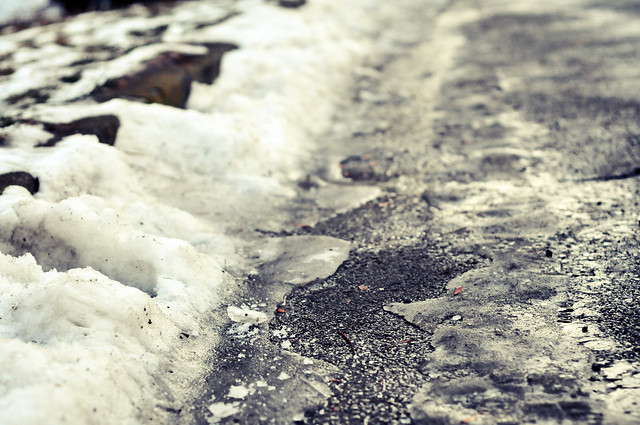
On our first day without power, I spent many hours reading on my old pink settee by the light from my bedroom windows. It was cozy under a blanket, and the baby took a good nap. The cold hadn’t yet settled into our bones the way it would on day two.
But I wasn’t comfortable. I was on edge. Every few minutes I would hear a rending, cracking sound, and I would sit up looking left to right, left to right, trying to see which tree was losing its battle with the ice this time. When a 120-year-old maple tree loses a limb, that limb is still the size of a large tree. And those large trees fall with a grinding sound of splintered wood, and a crashing sound of falling limbs, and the shattering sound of a shower of ice.
When I lived in Chicago, I would often come across a sweep of broken windshield glass glittering on the sidewalk. Sometimes, I would find more and more of it leading from car to car and on to my own car parked on the street with a startled look where the front windshield once was.
Late in the day, I took a short walk, and I remembered all that broken glass. By then the temperature had warmed to the low 30s and a lot of the ice had dropped its hold on the trees and scattered in the wind. You could see it everywhere, great sweeps of it sprinkled on top of the frozen snow.
I stepped carefully, shielding my eyes against the glittery light, and realized that the whole sky must be made of glass, like the windshield of a car.
And someone had taken a hammer to it.
There are quiet days and there are days we are convinced someone, somewhere is wielding a hammer.
And, honestly, I’m still waiting for whoever’s in charge to put down the hammer because the suitcases we packed when we decamped to a hotel have disgorged their contents in every room like last night’s dinner, and I’m sick with a cold and a pounding headache, and they say another big storm is headed our way.
And yet, I still want to say this: there’s a still point in this turning world. On the quiet days it grows in us, we welcome it into our hearts with coffee cups and dinners together and hours with a book and bedtime stories read by the fireplace and candlelight at breakfast just because.
And when the hammer falls, and the sky does come falling, that still point doesn’t leave us as we duck and take cover. It’s still there in our hearts and still out there in the world. Leaning over, catching our breath, we might spot it.
To me, this day, it looks like one splintered tree fallen just to the right of my car and one splintered tree fallen just to the left. It looks like another tree lying broken just beside the kids’ playset and another huge limb right beside the henhouse.
Looking around, I would swear that no trees fell on this hill.
They were placed.
(Also, my husband says he’ll slice the old maple wood into pretty round platters for serving bread and cheese, so there’s that.)
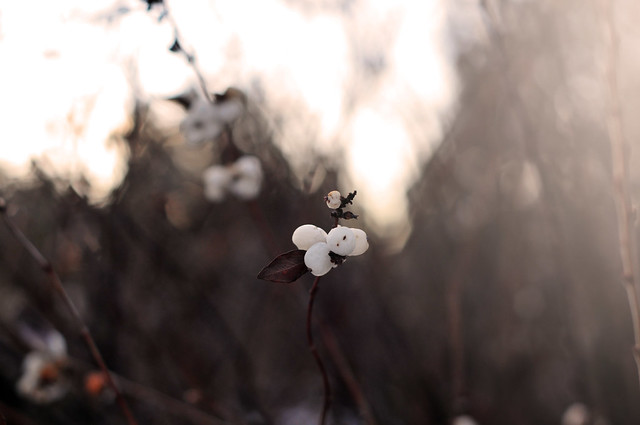
by Christie Purifoy | Jan 29, 2014 | children, Home, Pennsylvania, Uncategorized, Winter
I grew up without winter. For the most part, at least.
Winters in central Texas were brown and chilly, but you never knew when it might hit eighty degrees. In December, we never bothered to ask for a white Christmas. Instead, I would secretly pray that it wouldn’t be so warm we’d need the air conditioner. Even at eight years old, I found air conditioning very depressing.
As a young girl I read every one of Laura Ingalls Wilder’s books repeatedly. But I read The Long Winter more than any other. It isn’t a pretty story, far from it, but something about the extreme cold and snow fed my soul. Even then.
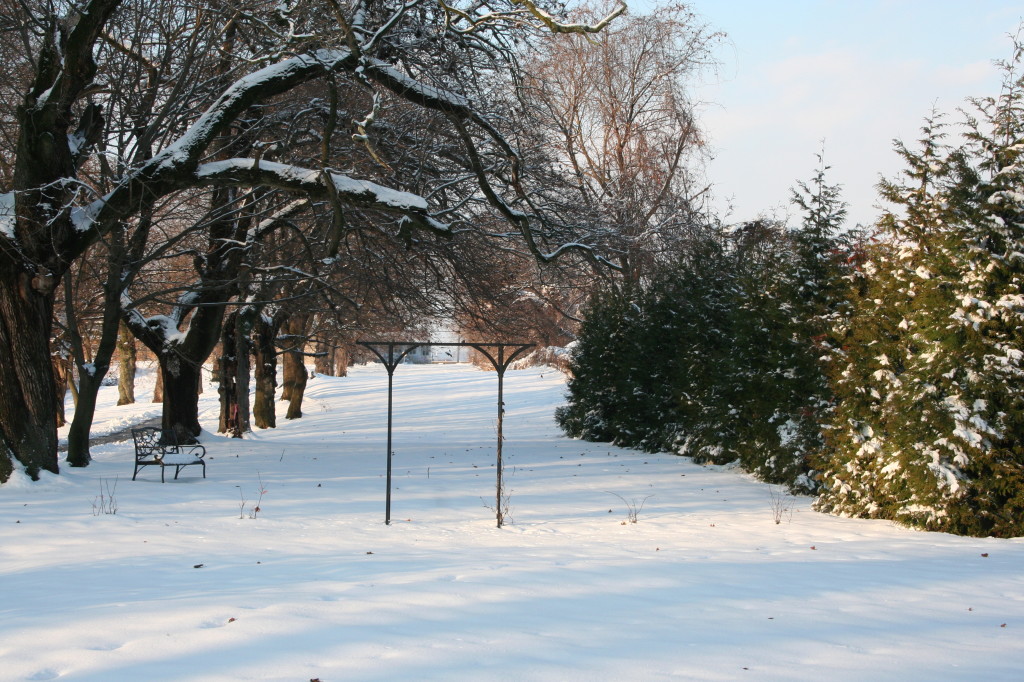
It’s a truism that home is where you come from. Home is where you began.
I disagree. I think home is the place we’re headed. Home is the destination.
Here in my little southern corner of Pennsylvania, winter’s grip is fierce. Not Midwestern or New England fierce, to be sure, but strong enough to leave me feeling more than a little battered. More than a little caged-in.
Replacing the chickens’ frozen water with fresh, I feel like Laura Ingalls herself, but by the fourth trip out to the henhouse the literary novelty has quite worn off.
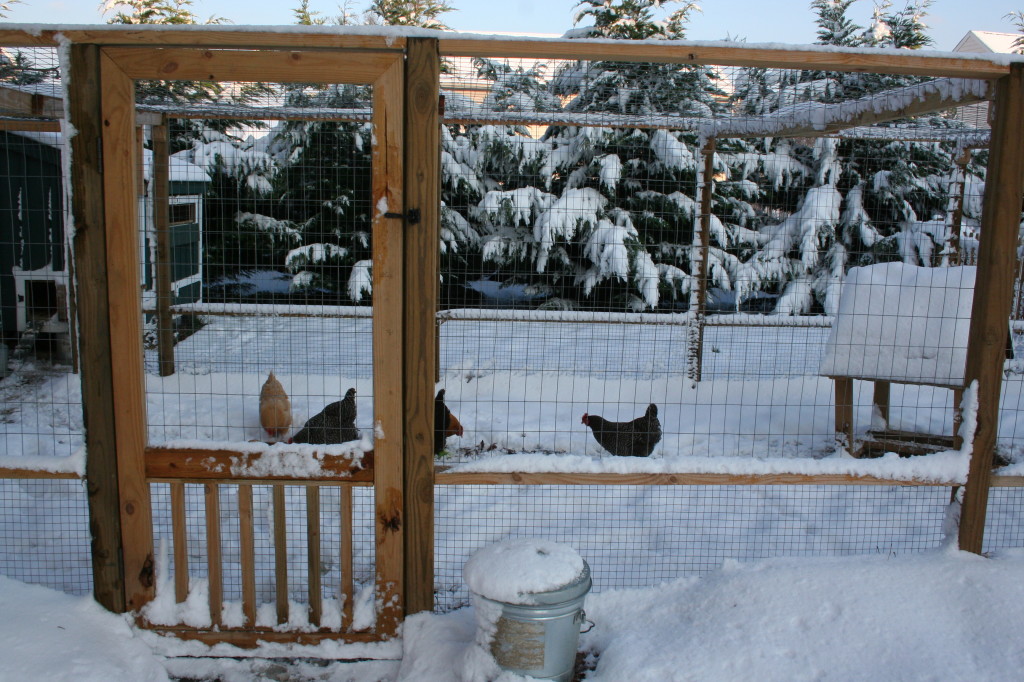
And yet I love winter.
Recently, I dropped the baby in her father’s arms and escaped out the front door with my other daughter, my firstborn. I don’t have ice skates of my own, but I carried hers. We opened the gate in the split-rail fence and we half-slid, half-stumbled down the sledding hill until we could cross the street to the frozen pond.
I stood in the snow, my toes slowly going numb, and I watched my daughter slice one foot and then the other across the ice. I said to myself, “This is Pennsylvania. This is our home.” The word Pennsylvania felt awkward. Perhaps I should blame my frozen lips. Or perhaps not. We are still learning the contours of this place and these people.
She circled the perimeter three times before I made her come in. I might lose my toes, I shouted.

My poor toes. They really did hurt, buried in snow like that, but it was a good kind of pain. Like the sharp, stinging realization that comes at the end of a very long walk. You know you’ve gone farther than you can handle, but it will be worth it. You are so close.
Three times around may have been too much. My daughter fell to her knees only part-way through our climb back up the sledding hill.
You’ll make it, I said. We’re nearly there.
Look! I can see our home from here.
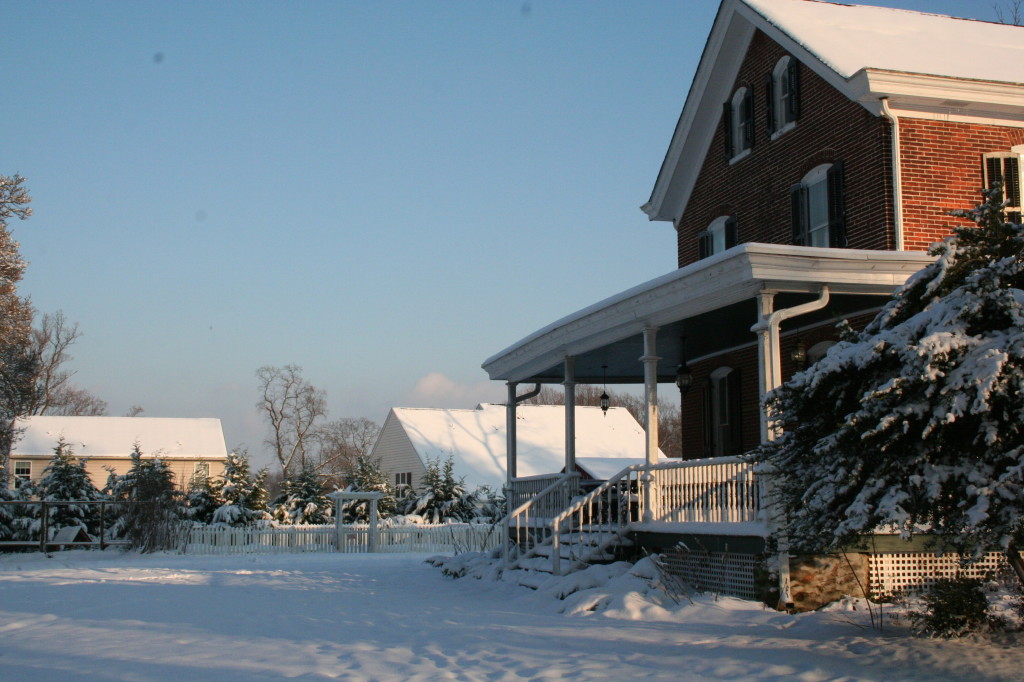
*all photos taken by yours truly (with apologies to our talented, much beloved Photographer)
by Christie Purifoy | Jan 21, 2014 | Dreams, Florida, Gardening, Pennsylvania, rest, Seasons, Uncategorized, Waiting, Winter
In late December, the seed and nursery catalogs began arriving. I dove in. When I came up for air, I tried to remind myself I was planning a vegetable plot, not an eight-hundred square foot formal rose garden.
It is easy to get a little lost in a pile of seed catalogs.
These are the days for rest, both for you and your garden. Unless you live in Florida.
I’ve heard it said that southern gardeners should take their winter break in late summer. Which is sort-of true. No one can grow tomatoes in Florida in August. But, it is also not true at all. You may give your vegetable beds a break, but the grass, the weeds, and those horrible invasive vines covered in thorns do not take a break. Unless you want your house to disappear back into the primeval jungle, you had better not neglect the August garden entirely.
I only gardened in Florida for two years, but I am still recovering. As it turns out, I need a good long break from working my bit of ground.
I need a season for rest. I need a season for dreams.
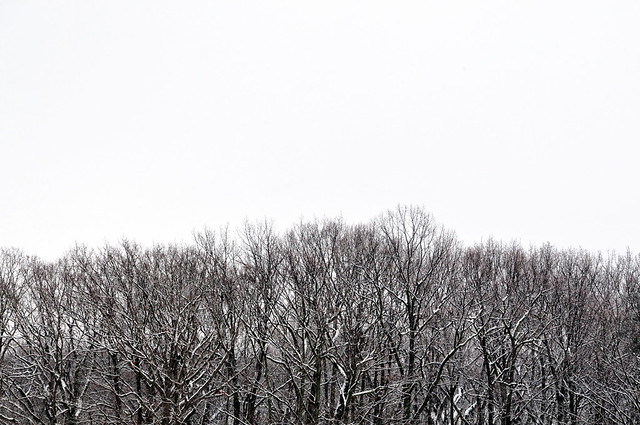
Rest can be painful. A persistant ache. Dreaming hurts.
I love winter in the north, but I don’t find it easy. I long for sunshine. For warm air on the skin of my arms. For flowers and green grass and those little breezes that feel like a caress. It is a season for rest, but this means it is also a season for waiting, for desiring, for pressing hard against the blunt edges of everything you dream about but do not yet hold in your arms.
It is a season of emptiness.
True rest means returning to God. But this is not as easy nor as pretty as it sounds. It is often anguish that sends us back.
Back to the source of dreams, back to the source of every good and new thing.
Back to the only One who can renew our hope.
by Christie Purifoy | Nov 4, 2013 | Autumn, Community, guest post, Pennsylvania, Seasons, Stories, Uncategorized
There is something about autumn in this Pennsylvania countryside that turns my mind to ghost stories.
When the fog curls around the trunk of the weeping willow, I half expect to see the headless horseman ride by.
When I pass the field where the Hessian soldiers camped before they joined the redcoats, I think I almost see their faded muskets between the trees.
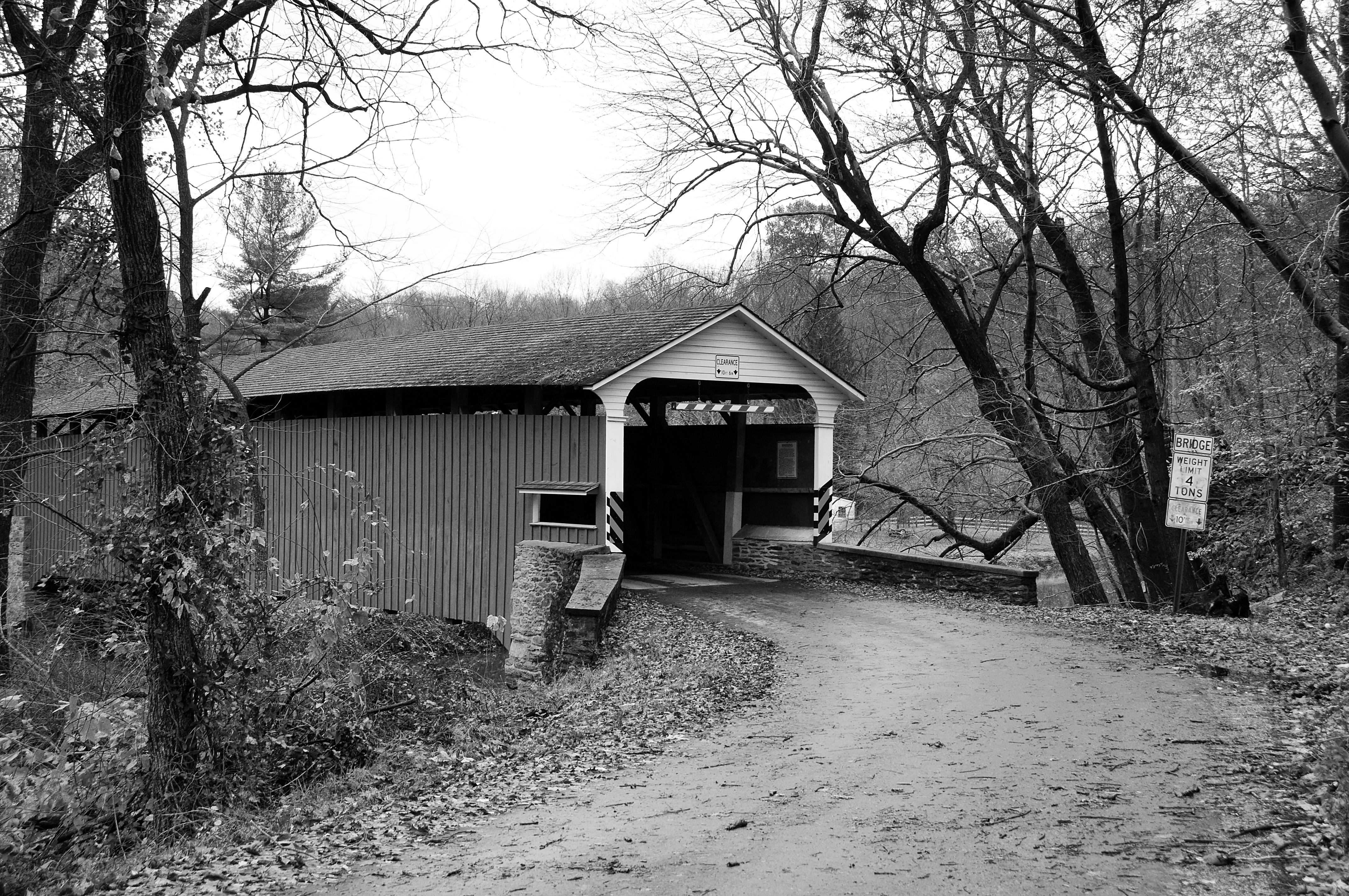
There aren’t many places left in our world where the past feels so near. So everpresent.
Truthfully, I’m not sure I believe in death when I cross vast parking lots or stand beneath fluorescent lights. But I am learning. This place of somber black horse-drawn buggies, covered bridges, and old stone farmhouses is working a change in me.
I am learning that fluorescent light and concrete don’t tell the truth. I am learning that some realities can only be glimpsed in the low, golden light of Autumn.
I’m sharing a story about a covered bridge and a cloud of witnesses. I hope you’ll click through to read it at Living the Story (via BibleDude.net).
by Christie Purifoy | Oct 26, 2013 | Amish, Books, Pennsylvania, Uncategorized
Here is something you should know: my bookshelves are brimful with the very old and the very odd.
I bring them home by ones and twos. I bring them home by the bag. I bring them home from library sales and thrift stores. I find them in junk shops and antique emporiums. When I wake early on a Saturday morning to scour the deals at a children’s consignment fundraiser, I always rush past the piles of shoes and battery-operated toys to find, there are the back of the gymnasium, the table of cast-off books.
I am lucky enough to live nowhere near a big-box bookstore but in the neighborhood of 4 or 5 well-stocked used bookstores.
This is a post in praise of second-hand books.

I like buying used books because I prefer buried treasure to the latest thing. I like drifting in the past more than jumping on the bandwagon. If books are windows, I prefer they open on a view I simply cannot find in yesterday’s blog post or this morning’s op-ed.
I also like a good deal.
I recently found the DK book of Forgotten Arts and Crafts by John Seymour at a local second-hand bookstore. I paid seven dollars. Seven dollars for a big coffee-table of a book. A book heavy enough to press maple leaves to perfect, dried crispness.
by John Seymour at a local second-hand bookstore. I paid seven dollars. Seven dollars for a big coffee-table of a book. A book heavy enough to press maple leaves to perfect, dried crispness.
And inside?
Everything we once knew but have forgotten. This is the book to tell you how your ancestors … thatched a roof, built a canoe, made their tea, washed their clothes. [Big breath here.] Also, how they made nets, and brooms, and coffee. Not to mention, how they built a rock wall, where they stored the dishes, how they mopped the floors, how they blacked a stove. Would you like to learn about peat cutting, blacksmithing, or chair-making? I could go on. And on, and on, and on.
The many full-color illustrations, ink drawings, and photographs in this encyclopedia of forgotten skills make it a great choice for curious children (and their parents). I especially enjoy Seymour’s personal memories and commentary. He is no impartial recorder of forgotten lore. He remembers, he cares, and he believes that this modern world, a world in which very few people know how to make anything with their hands, is not sustainable.
Moreover the British are as inept at making coffee as the Americans are at making tea. So difficult and mysterious does this simple process seem to them that they resort to those horrible ersatz mixtures, either in powder or liquid form, which have no right to be called by the name of coffee. Perhaps there should be an exchange of missionaries between the two countries. – John Seymour
I found this next book at a local store with a good selection of books about the history and culture of “Plain” communities like those of the Amish and Mennonites. But Sue Bender’s Plain and Simple: A Woman’s Journey to the Amish is no straightforward history or tourist’s introduction. Bender is an artist. Hers is an artist’s meditation on living the good life. Is it possible, she wonders, to live the beauty and simplicity she sees in an Amish quilt? Or, must our modern, busy way of life only ever resemble a crazy-quilt?
is no straightforward history or tourist’s introduction. Bender is an artist. Hers is an artist’s meditation on living the good life. Is it possible, she wonders, to live the beauty and simplicity she sees in an Amish quilt? Or, must our modern, busy way of life only ever resemble a crazy-quilt?
Bender’s first encounter with traditional Amish quilt-making in the 1960s led her to the previously unthinkable. This wife, mother, and artist, a woman who had always despised all things domestic, spent months living with two different Amish families.
The result is this beautiful, little book. It is quiet, reflective, scattered with white space and ink drawings. It is a book of good questions and wisdom worth pondering.
Before I went to the Amish, I thought that the more choices I had, the luckier I’d be. But there is a big difference between having many choices and making a choice. Making a choice – declaring what is essential – creates a framework for a life that eliminates many choices but gives meaning to the things that remain. – Sue Bender
My favorite section of any used bookstore is usually called “Local Interest,” or some variation on that. This is where you’ll find the odd little books that would never be given a shelf in a big chain store. They are books rooted in a particular place.
Which means I am not exactly recommending this last book. I doubt it would interest many outside my own Chester County, Pennsylvania. Instead, I mention it for inspiration. This is the kind of odd-ball treasure you will only ever discover through a devotion to the dusty corners where old books lie in wait.
The book is Fine Food, Wine, and Pickled Pine: The Story of Coventry Forge Inn by Ann Kilborn Cole. I found it at a local used bookstore housed in a converted eighteenth-century barn. All I can say is of course this book would be found living in a converted eighteenth-century barn.
by Ann Kilborn Cole. I found it at a local used bookstore housed in a converted eighteenth-century barn. All I can say is of course this book would be found living in a converted eighteenth-century barn.
This is one woman’s memoir of working, with her sons, to turn their colonial-era Pennsylvania home into a fine-dining restaurant. Written in the 1950s, this is a quirky, eye-opening, unintentionally humorous book about one family’s dream and the good food that fueled it.
Did I mention there are recipes? I can’t imagine I’ll ever try one, but I spent a happy hour perusing the sample menus and imagining all those mad-men era businessmen and housewives enjoying a special Saturday night out. My very favorite moment came after several breathless paragraphs in which Cole describes a newly invented oven with the potential to transform the high-end restaurant kitchen. I’d never heard the name she used, but it slowly dawned on me that the modern marvel she was describing was most likely … the microwave oven.
Perhaps you imagine you have no time for such a useless book? You know your reading time is limited and there are so many “must-reads” out there? You are right. A book like this is the very opposite of “must-read.”
And that, my friends, is why I love it.
So, why don’t we finish this post with a quotation from yours truly?
Reading is not an item for the to-do list. Reading is a way of life, and life should never be contained within the confines of a bestseller list. – Christie Purifoy
by Christie Purifoy | Oct 21, 2013 | Dreams, Florida, Grateful, Home, Pennsylvania, Uncategorized
“The language of souls is their desire.” – Gregory the Great
Desire.
Like every good thing, it can be twisted. Exhibit A may be the wandering Israelites and their golden calf, but exhibits B through Z are not hard to find. No need even to name them.
Well aware of exhibits A through Z, desire begins to look dangerous. It begins to look like fire. Afraid of being burned, we push it aside, we cover it up, we warn our children about playing with fire, and we forget. We forget how much we need that life-giving warmth.

I can remember the day my Sunday New York Times magazine flipped open to a photograph of an old, rambling farmhouse. I sat in my Florida ranch home with its persistently green vegetation, and the desire I felt for that other house nearly knocked me out of my seat.
In the picture I could see trees turning orange, pumpkins on the porch, and a tower room that looked perfect for a writing desk. I imagined children (a bigger crowd than my own three) running across the lawn, while someone (couldn’t be me) watched from the windows. I pictured a henhouse and vegetable garden off to the side, and a woman writing stories in the tower room (of course, she wasn’t me; the only thing I’d ever written was a dissertation and that was an experience I was not eager to repeat).
In that image, I could see an entire life. It looked beautiful, but it could never be mine. I didn’t even consider it. That would have been like considering a trip to the moon.
I was a mother of three (there would be no more), I had recently applied for a tenure-track professorship at a small Florida liberal-arts school, and I was, however reluctantly, mapping out a future among the palm trees.
But those northern maples were blazing in my magazine, and I could feel their heat through the page.
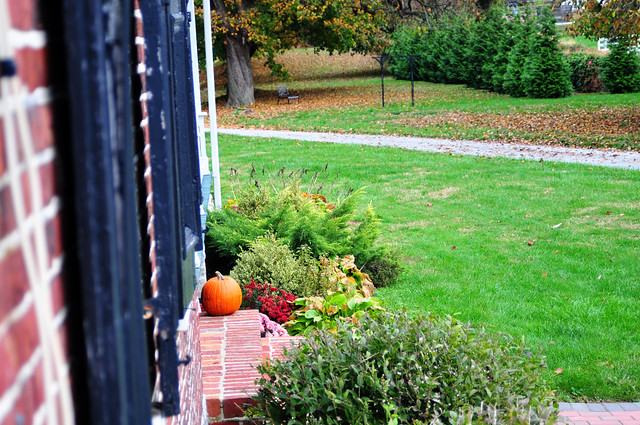
Here is a long story made very short: God was speaking to me, and the medium of communication was desire.
It is a dangerous thing to listen to that voice. One day you are living reasonably, making reasonable plans, and fulfilling every obligation and expectation, and the next? You are on your knees warming your hands over a magazine picture until … you are consumed.
You have played with fire, and your life will never be the same.
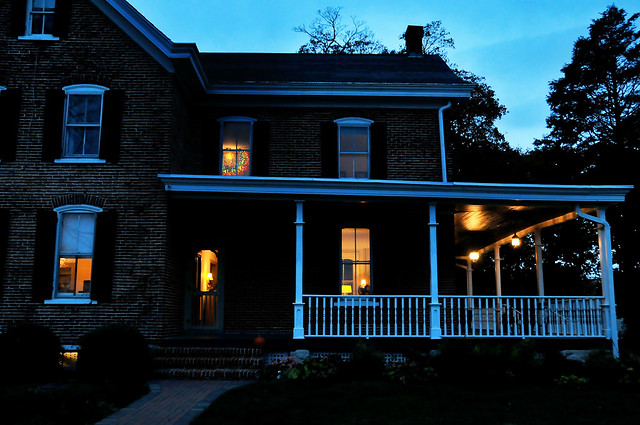
Praise be to God.












